You can also take the pet in the seat next to the pet-parent, and all bonuses will be credited to it, but only to the account of its pet-parent. Please note that you will only be allowed to place your pet in the seat next to the window. It is forbidden to let the animal into the cabin, as well as to take it in your arms.
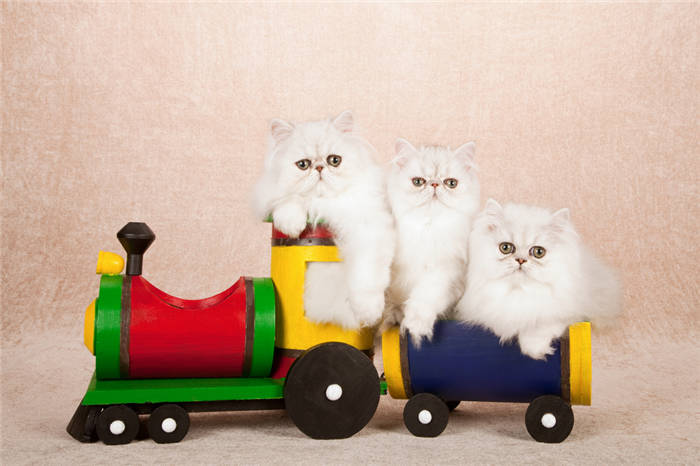
- Explanation of the order of transportation of small pets (pets), dogs and birds by rail transport
- Transportation of luggage, parcels, correspondence, animals
- Rules of carriage
- How to move my pet to another city
- Transporting pets
- Rules and cost of carriage
- Train
- Renting accommodation with pets
- Travelling abroad: necessary documents
- How to act on the day of journey
- What to take with you
- Carrier
- Ammunition
- Disposable diapers
- Stress prevention
- How to prepare your pet for the journey
- Conclusions .
Explanation of the order of transportation of small pets (pets), dogs and birds by rail transport
Small domestic (indoor) animals, dogs and birds are transported by rail in accordance with the Charter of Rail Transport of the Russian Federation, approved by Federal Law dated 10.01.2003 No. 18-FZ (hereinafter – the "Charter"), the Rules of Transportation of Passengers, Baggage, Cargo by Rail, approved by Order of the Russian Ministry of Transport dated 19.12.2013 No. 473 (hereinafter – "Rules"), and the Rules of Transportation of Animals by Rail, approved by Order of the Russian Railway Ministry dated 18.06.2003 No. 35.
In accordance with the Charter and the Rules, pets (pets), dogs and birds are transported by rail in two ways: as hand luggage and as baggage.
Small pets (pets), dogs and birds (not more than one seat per issued travel document (ticket) and not more than two small pets (pets) or two birds per seat) may be carried as hand luggage on long-distance trains in excess of the established hand luggage allowance in separate compartments of rigid wagon (except cars with double compartment (SV) and cars with increased comfort). For the carriage in long-distance trains of small pets (pets), dogs and birds are charged a separate fee.
A fee is charged for the transportation of small pets (pets), dogs and birds in commuter trains.
Small domestic (indoor) animals, dogs (except for large dogs and guide dogs) and birds are carried in crates, baskets, cages, containers, which shall be placed in the places intended for hand baggage, and which shall be arranged in such a way as to prevent the possibility of harm to passengers and carrier caused by animals, and placed in the places intended for hand baggage. The size of such hand baggage items shall not exceed 180 cm in the sum of three dimensions.
Transportation of luggage, parcels, correspondence, animals
FPK offers a new service – transportation of unaccompanied pets in the luggage compartments of long-distance trains.
Registration of transportation You can arrange for transportation in specialized luggage offices. To do this, the consignor must fill out an application indicating the surname, first name, patronymic, telephone number of the consignor and the recipient and other necessary information.
Starting October 15, 2021. Unaccompanied pets will be transported in all trains long-distance trains of JSC "FPK" in domestic traffic, in which staff cars with a separate compartment allocated for the carriage of the luggage run.
The cost of the service Depends on distance of trip (from 922,60 rubles.).
The following domestic (indoor) tame animals are accepted for transportation as cargo luggage:
- small domestic (indoor) animals – cats, foxes-foxes, domestic foxes (Belyaeva), dogs of small breeds;
- small rodents – squirrels, decorative rabbits, decorative grey rats, house mice, gerbils, gerbils, guinea pigs, hamsters, chinchillas;
- insect-eaters – hedgehogs;
- predators – raccoons, minks, ferrets;
- birds;
- small non-toxic amphibians – axolotls, froglets, spur frogs, newts;
- small non-toxic reptiles – iguanas, chameleons, turtles, lizards;
- aquarium animals – fish, mollusks, crustaceans.
Animals presented for transportation must not endanger the life and health of passengers and employees of the carrier, must not be wild, untamed, unlearned to the cage (container), sick (have clear signs of disease – open wounds, festering, lichens), experimental, dirty, have an unpleasant smell, demonstrate threatening or restless behavior.
Please note that for the duration of the entire journey, the animal will be in the luggage compartment in a sealed cage (container) or aquarium (tank, container), which ensures the safety of the animal throughout the entire period of transportation. Accompanying documents (veterinary passport, certificate of registration, pedigree, passport), water drinker, feeder and food, one toy for the pet, absorbent for maintaining proper sanitary and hygienic condition in the cage can be sent in the envelope along with the pet. The condition of the animal during the trip will be monitored by the conductors of passenger cars.
Rules of carriage
The carriage is subject to payment of all seats in the compartment without additional charges for the carriage of animals.
In this case the passenger must pay the cost of travel documents for the full adult fare for the number of empty seats in the compartment (except for seats occupied by children or passengers eligible for a discounted fare).
All unoccupied seats must be made out to the full adult fare, in the name of the passenger in that compartment.
2-bed compartments with reclining seats and individual shower modules in the train "Strizh" (with mandatory redemption of all seats).
Carriage is made with the payment of all seats in the compartment, without additional charges for the carriage of animals.
In this case the passenger must pay the cost of travel documents at the full adult passenger fare for the number of unoccupied seats in the compartment (except for seats occupied by children or passengers who are entitled to travel at a reduced fare).
All unoccupied seats must be issued at the full adult fare, in the name of the passenger in that compartment.
Carriage is subject to payment of all seats in a compartment, with no extra charge for animals.
In this case the passenger must pay the full adult fare according to the number of empty seats in the compartment (except for seats occupied by children or passengers entitled to a discounted fare).
All unoccupied seats must be issued at the full adult fare, in the name of the passenger in that compartment.
A fee is charged for the carriage of small animals and a carriage document is drawn up.
The carriage of large dogs is made with the payment of all seats in the compartment without additional charges.
In this case, the passenger must pay the cost of travel documents at the full adult fare for the number of unoccupied seats in the compartment (except for seats occupied by children or passengers eligible for a reduced fare).
How to move my pet to another city
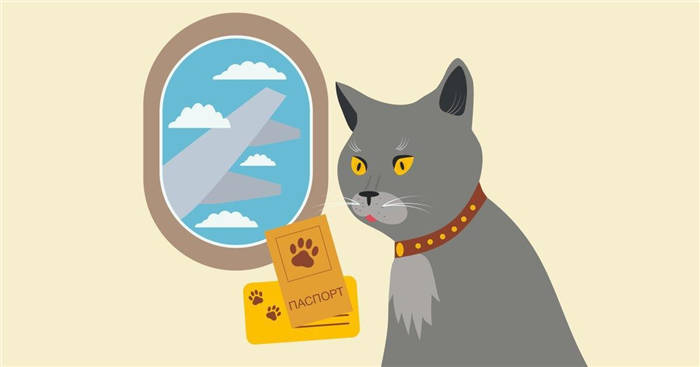
In spring I moved with my dog Hund from Chelyabinsk to Sochi. We traveled by train, but before buying tickets I considered other options. I'll tell you about the current fall 2022 cost and rules for transporting pets in Russia.
By plane, a cat or dog can fly in the cabin with the owner or in the luggage compartment. Which option is suitable depends on the weight of the animal.
Animals weighing up to 8 kg – in the cabin with the owner. In the cabin cat or dog can be carried only in a special bag. The maximum permitted weight for cabin carriers with an animal is 8-10 kg, but the exact figure depends on the airline.
So you can carry in the cabin up to two adult animals in one container, or up to three kittens or puppies from eight weeks to six months old. You may not take your pet out of the carrier during the flight, not even to feed it. But a drinker in the carrier should be installed by all means.
Also the carrier must meet the criteria set by the airline. For example, the bag on the sum of three measurements (length, width and height) may not exceed 126 cm in "Aeroflot" (length, width and height – not more than 44×30×26 cm, respectively). In such a carrier fits, for example, a Chihuahua, Yorkshire Terrier or a small cat.
To transport a pet in the cabin you need a ticket: it costs on average 2,500-3,000 ₽, the exact figure depends on the carrier and the destination. If you don't have a carrier, you have to add its cost to the ticket price: usually from ₽1,500 to ₽3,000.
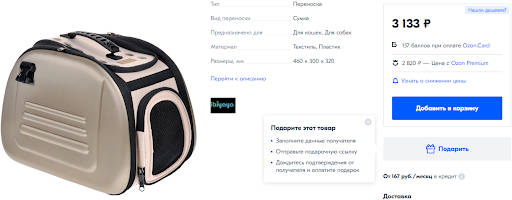
A new cat or small dog carrier costs about
3,000 ₽, a used one is half the price.
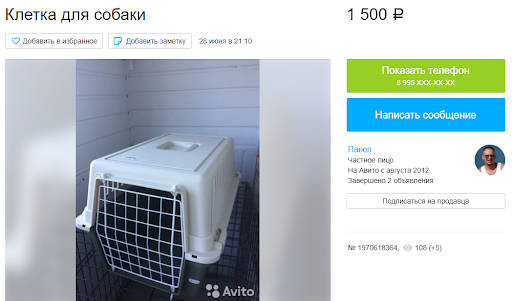
Transporting pets
Small pets (pets), dogs and birds on Russian long-distance trains do not require veterinary documents.
To arrange the transportation of small animals and birds is possible at the cashier or on the website of the carrier. The cost of transportation depends on the length of the route and type of carriage. The ticket provides one piece of hand luggage, in which you can carry a maximum of two small animals. A pet is considered small if it is placed in a carrier or cage that does not exceed 180 cm in total of three dimensions.
Large dogs can be transported only in the compartment if you buy all the seats in it. It is not necessary to buy an additional ticket for the dog. The number of dogs and passengers in one compartment should not exceed the number of seats in it. For example, if a compartment has 4 seats, only 2 passengers and 2 large dogs can ride in it. The dog must be on a leash and in a muzzle.
Guide dogs may be carried free of charge in any type of carriage. The guide dog must have a collar and muzzle and be at the feet of the passenger it accompanies.
Carriage of wild animals, birds and reptiles is prohibited in any type of carriage.
For more details about conditions of carriage and execution of carriage documents, see the rules of the carrier Federal Passenger Company.
Rules and cost of carriage
Rules of carriage of animals by air depend on the airline. They must be specified in advance, and preferably strictly adhered to, so as not to have surprises at the airport.
After several high-profile stories involving the death of animals or the discovery of illogical restrictions, airlines are changing the conditions. For example, Aeroflot recently (at the time this article was published) changed the rules by introducing new items:
- You can now carry three pets (instead of one).
- Two adult pets can be taken in the cabin in a carrier, but only if their total weight (together with the carrier) does not exceed 8 kg.
- A passenger with a pet may take the stroller for the pet free of charge (but it must weigh no more than 10 kg and be within 203 cm when folded); it may be used before boarding.
- You may request to transport your pet 6 hours before the flight.
- At check-in, the pet is photographed and the kennel has a sticker with the pet's details and the owner's contact details.
- Restrictions on the carriage of certain breeds have been removed: now you can fly with brachycephalic dogs (bulldogs, boxers, pugs…), also the list of potentially dangerous breeds that you may not take on board has been greatly reduced.
Important! Transporting dogs on an airplane becomes a little more stressful if you have a large breed. Large animals can only be transported in the luggage compartment. The pet will experience a lot of excitement, which can be extremely detrimental to their health. Therefore, assess the risks beforehand and have a veterinary examination, which will confirm that the pet can withstand such a flight.
Most airlines have restrictions on the total number of pets in the cabin, it should be taken into account when checking in for the flight.
Train
Russian Railways pet carriage rules have detailed conditions, which are important to study before the trip. In Russian trains you can carry no more than two pets per ticket. Long-distance trains may charge additional fees, and in some cases may require you to redeem the entire compartment.
Renting accommodation with pets
If we're talking about a vacation, it's important not only to transport your pet without problems, but also to accommodate him comfortably at the place of stay. Remember that not all hotels accept guests with animals. To avoid unpleasant surprises, choose the ones whose rules clearly stipulate that pets are allowed.
As for short-term rentals of apartments or flats, not all landlords are willing to accept guests with pets, usually all the nuances are specified in the rental announcement.
Remember, if the pet spoils something in the hotel room or apartment, you will have to compensate for the loss.
Travelling abroad: necessary documents
There are some age restrictions for traveling abroad with whiskered pets. For example, you may not bring kittens younger than 3 months to France. In Israel, you will not be allowed with a baby who is less than 4 months old. A number of countries do not allow the importation of four-legged animals under 5 months of age. Sometimes an electronic chip has to be implanted under the skin in order to be smuggled in.
This is due to the need for preventive vaccinations, which can be done only after a certain age. All vaccination data and information about a four-legged animal is recorded in the international veterinary passport. It differs from its Russian counterpart in the presence of additional translation of information into English and German.
Each country has its own requirements for vaccinations and registration of pets. The list of documents for pedigree animals is in any case more extensive than for usual mestizos.

How to act on the day of journey
Going on a long trip with your pet is always exciting. You need to know some simple rules to avoid any difficulties along the way:
Do not delay the arrival at the station. It is better to calmly wait for the arrival of the train there, than to rush, fearing to be late. All the negative emotions of man are transmitted to the four-legged man. This will make the cat nervous and may make sharing the carriage with other passengers difficult. Therefore, it is important to remain calm and confident.

What to take with you
Carrier
If you have a small dog, the first thing he will need is a carrier. It is important that its dimensions do not exceed 180 cm in total of three dimensions, so it counts as carry-on luggage.
For your pet, you can choose from cloth or plastic. Fabric models are soft, easy to fold and some are machine washable. Plastic carriers Are hard-wearing and easy to care for – you can wash them under the faucet or wipe them with a cloth.

The carrier should be comfortable for your pet. It is important for your dog to be able to turn his head and stretch out his legs in it. Before buying, make sure the product has a good ventilation system and a strong lock. This type of carrier is available in the range of brands Rurri и Ferplast.
Ammunition
Large pets Ammunition is essential, so don't forget to bring collar (harness), leash и muzzle. In the compartment they can be removed, because you will be obliged to buy all seats. However, in order to leave the train all ammunition is necessary.
The same applies to small dogs: you will probably have to walk with a four-legged dog at one of the stops. Anything can happen at that time, for example the dog will see a cat and run after it, so it is advisable to keep it on a leash. And some pets may even pick up something not very edible from the ground. So A muzzle even a little doggie will come in handy.
Please note: We recommend attaching the muzzle to the collar Address tag with your phone number.
Disposable diapers
The diaper Need to be put on the bottom of a carrier. If you have to travel for a long time, you will need to change them periodically. Also diaper You can also put it underneath Food and water bowls – To ensure cleanliness.
Stress prevention
Any trip can be stressful for the pet because he's in a new place, there are a lot of unfamiliar people, smells and unfamiliar sounds around. Your job is to try to reduce the risk of stressful situations.
1. Get your dog used to carry и harness .. The carrier Leave it open and put it in the room so your dog can get in at any time. And as for ammunitionThe most likely to be unfamiliar to your dog is the A muzzle. For this reason, take your pet for walks periodically a few weeks before the trip and put the muzzle on this accessory.
2. If you know that your pet is always restless when traveling, see your veterinarian. Your vet should be able to help you find sedative. Most are based on natural ingredients. Some remedies have a cumulative effect, so you need to start a course in advance.
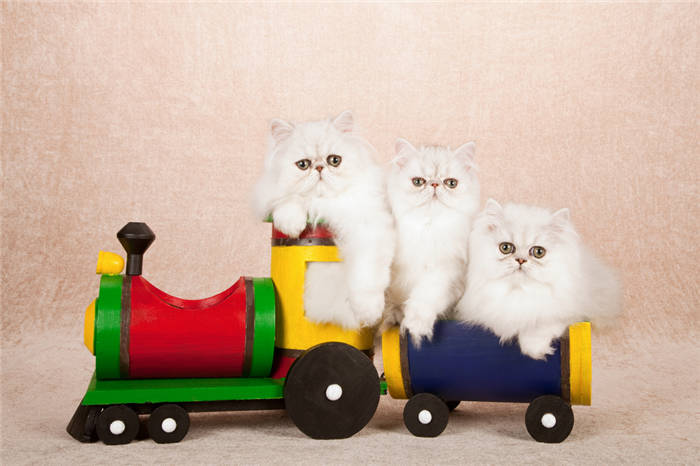
3. Grab your favorite toy Preferably a textile toy. Such items tend to absorb odors, so the dog will be comfortable around an object that smells like home.
4. While traveling, periodically pet your pet, talk to him, encourage him with a a treat for good behavior.
Finally, don't worry yourself! Our four-legged pets sense subtly any changes in their owner's condition. Seeing that you're worried will cause your dog to become anxious himself. So try to stay calm and be confident that the train ride will go great.
How to prepare your pet for the journey
Any trip is stressful for your pet, so you need to prepare for it in advance.
1. The carrier or container should not cause fear for the four-legged man. It is necessary to accustom the pet to this adaptation in advance. For several days, keep carrier at home. Let your pet get in whenever he or she wants. After a while, when the cat or dog gets used to containerClose it for a few minutes to let the pet get used to the fact that nothing serious will happen to it.
Make sure your pet goes to the bathroom before you leave.
4. Visit your veterinarian to rule out any contraindications for the flight.
Conclusions .
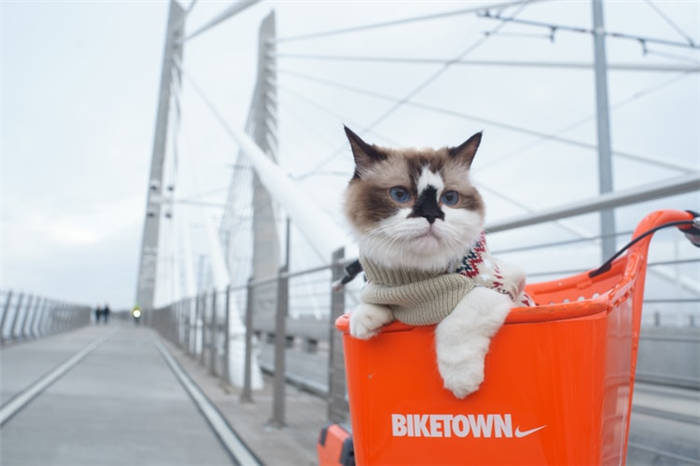
1. Before traveling with your pet, familiarize yourself with the rules of transportation imposed by the carrier of your choice.
2. If you are planning a trip to another country, find out what documents need to be issued for your pet.
3. Choose carrierChoose a carrier that your pet can comfortably stand up, lay down and turn around in.
4. Take all necessary safety and stress-reduction measures before you travel and have your four-legged pet examined by a veterinarian.






